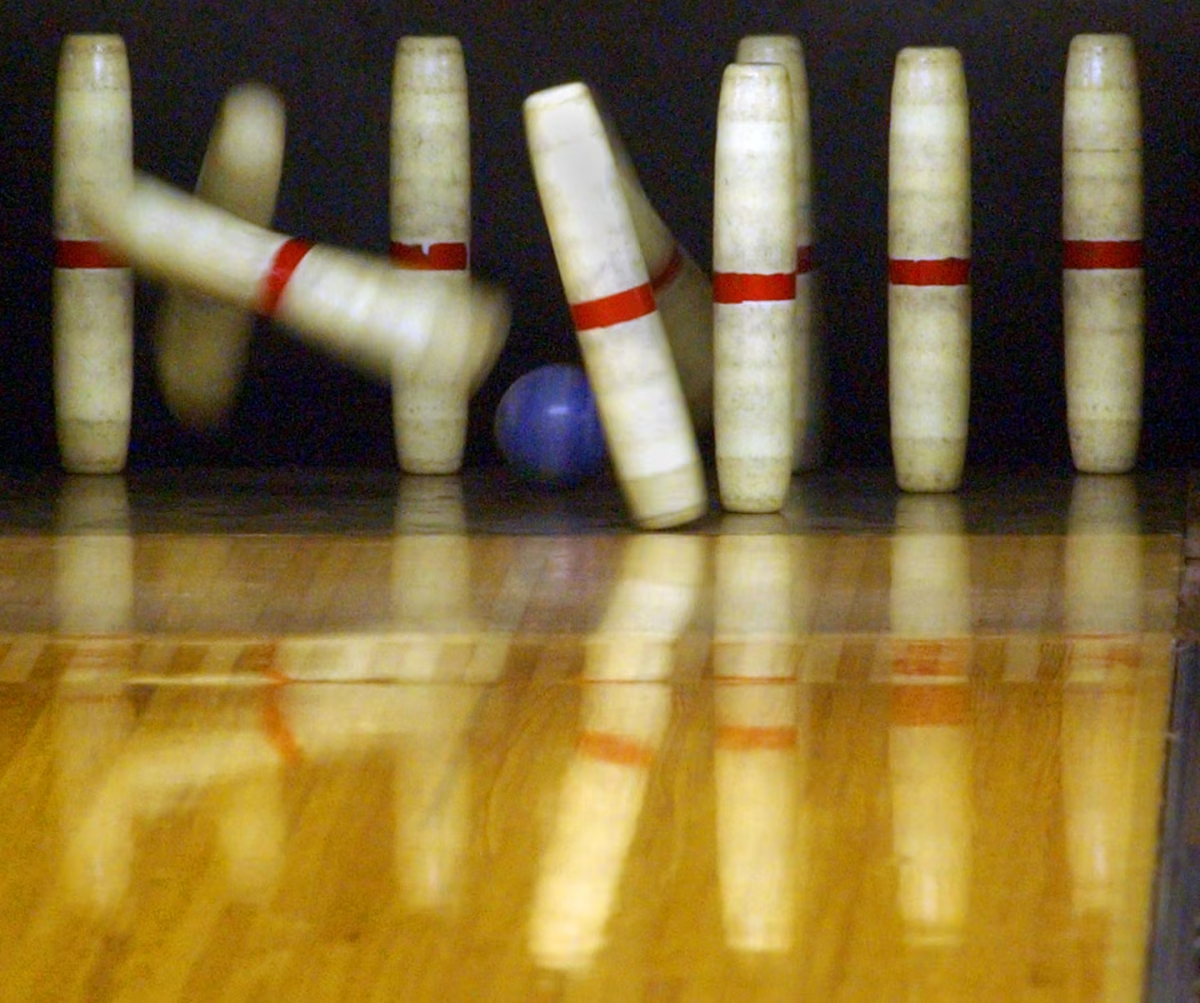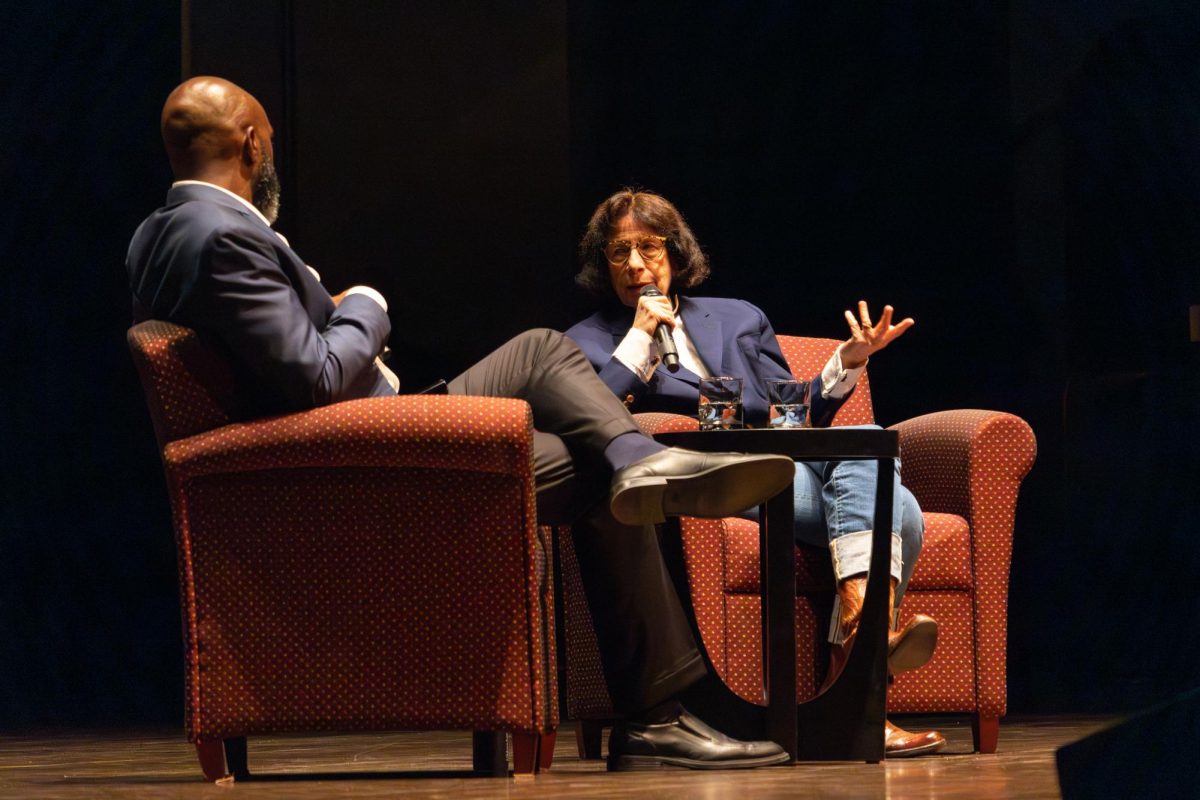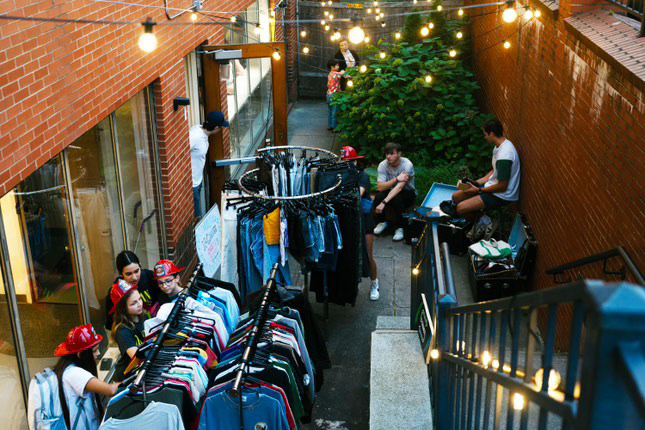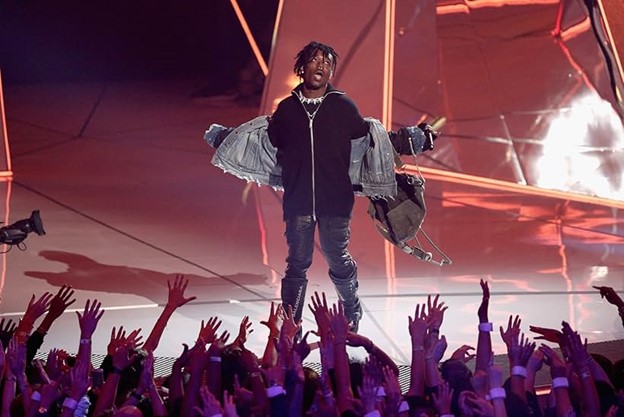Snowboarding is surrounded by a unique culture in both its traditions and style. What started out as “snurfing,” or “snow surfing,” by a surfer who had a dream of surfing in the Rocky Mountains during winter, has spiraled into a lifestyle for the old and young.
Snowboarding has always been characterized by unique and evolving fashion trends, and as the evolution of the sport changed throughout the decades, so did the attire. Early snowboard style looked like a typical day out to sled with sweaters and scarfs, wool gloves and handmade winter attire. Jeans and sunglasses became popular in the early 1960s, while the ‘70s ushered in puffy jackets, race-inspired skintight leggings and sleeveless jackets or vests called gilets.
The ’80s brought a new dynamic to snowboard style that seemed to have made a lasting impression on current slope style. Neon colors made their way into clothing and even the most stylish snowboards.
Snowboarders in the ‘80s wore thrift-shop inspired sweaters, sunglasses and the quintessential headband. Fortunately, the majority of snowboarders stayed away from the neon one-piece jacket and snow pants combo skiers that some of our parents, embarrassingly, sported throughout the decade.
Neon color spilled over to the ’90s along with newly inspired styles like baggy snow pants and sweatshirts. Snowboarding in flannel became popular, as did flat hats and wayfarers. Similar styles carried over into the new millennium with snowboarding goggles in place of sunglasses and even baggier clothing.
A few years ago, jeans were popular in some areas. Neon colors returned from the ‘80s, and the clothing went from much too large, to skinny snow pants and larger, baggier jackets. Skater style, camouflage and balaclavas, typically known as ski masks, have also been popular among respective demographics.
Slouchy hats and goggles are now popular among boarders as opposed to the helmets most skiers adorn.
True snowboarding style, however, depends on the rider’s unique style on and off the slopes. While style can be a means of expressing yourself or a measurement of experience or street cred, most snowboarders note that fashion on and off the slope is not as important as how your riding looks on the mountain. At the end of the day, everyone’s style is as unique as the individual. While some may match jacket and snow pants, others may mismatch crazy colors and patterns in one outfit, but it never changes the way they ride the mountain.
Despite the ever-changing fashion trends in the sport, snowboarding traditions and jargon have stood the test of time. Snowboarding has cultural rituals performed before, during and at the end of the winter season. Enthused skiers and boarders hold “Pray for Snow” parties in hopes of early and extensive snowfall. During the season, ski resorts and lodges conduct rail jams, half-pipe competitions, races and even “dummy downhill” competitions.
Dummy downhill competitions require teams to create a dummy to go down a hill or over jumps on snowboards or skis to see whose dummy will get the furthest without crashing. In the early spring, pond skimming, bikini boarding and even boxcar races are held to prolong the season.
Snowboard jargon is a big part of the experience as well. Words like “gnarly” and “sick” can refer to either a cool trick or a bad fall. “Sketchy” more commonly refers to someone who does not land a trick cleanly on the slopes, and “pow” refers to powder snow. Riding “fakie” means to ride a snowboard backwards and riding “goofy” means to ride with the right foot in front instead of the normal stance with the left in front.
Perhaps the biggest part of the snow-sport culture is an insistent rivalry between snowboarders and skiers. While some say they enjoy both snowboarding and skiing, most individuals have a strong preference for one or the other. The polarization of the two sports, which are quite different in riding, culture and style, creates rivalry as to which sport is the better of the two.
For both skiers and snowboarders, the snow sport culture is identified by its culture and individualism. Riding is a way to express yourself; whether through clothing, the tricks you do in the terrain park, or the music you listen to on the slopes, individual expression is the recurring theme. The community of riders with common interest and style are a bonus to the opportunity to shred all winter long.
Kelsey Hebert can be reached at [email protected].


















